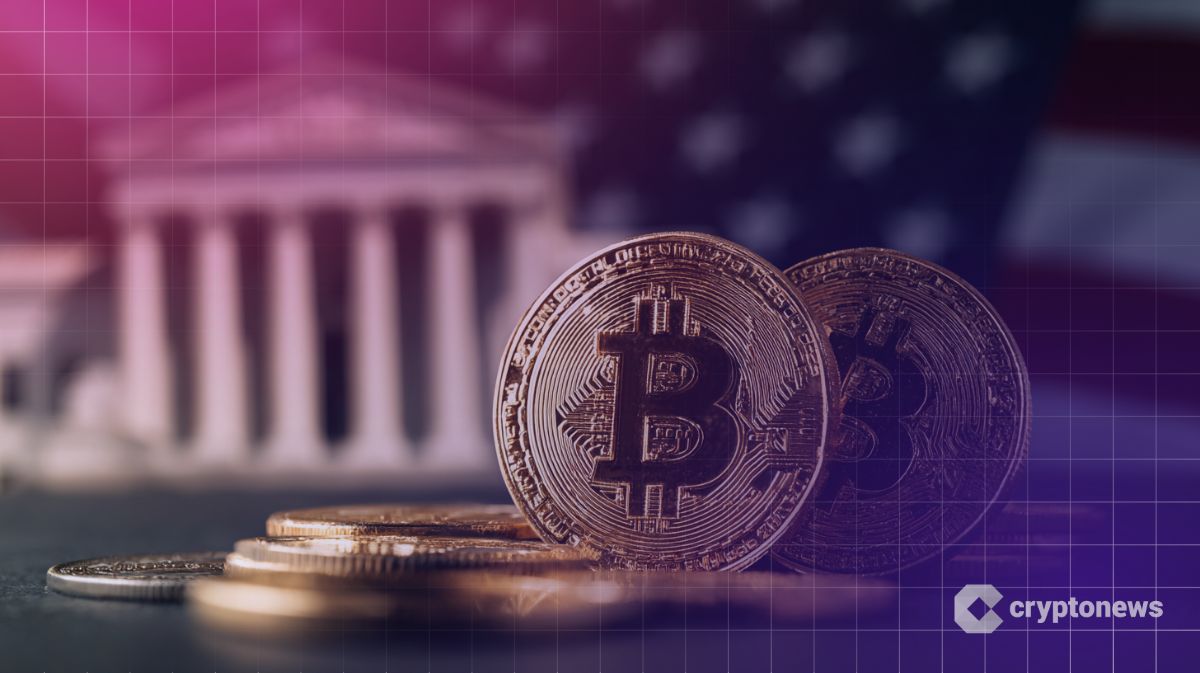Will there be another DOGE or SHIB? This memecoin below $0.002 has what it takes
Disclosure: This article does not represent investment advice. The content and materials featured on this page are for educational purposes only.
Could the next Dogecoin or Shiba Inu already be here? One memecoin under $0.002, Little Pepe, is gaining serious buzz as the next big breakout.
Table of Contents
- Introducing Little Pepe: The memecoin of a new era
- Why investors are jumping in early
- How to join the presale
- The roadmap: From meme baby to blockchain beast
- Final thoughts
The market capitalization of Dogecoin stands at $26.08 billion, while it is currently priced at $0.17. It has surged over 100x from its humble beginnings. On the other hand, Shiba Inu defied expectations with an unprecedented rally of over 10,000%, reaching a price of $0.000012, and now boasts a market cap of $7.01 billion. However, what does the success of these coins entail? It is worth noting that they weren’t simply coins; they culminated into movements.
At the same time, both veteran investors in crypto and newcomers to the market are echoing the same sentiments: “Will we ever see another Dogecoin or Shiba Inu?” A much more compelling query would be, “What if it’s already there, concealed in plain sight?”
There’s a new contender in town. A memecoin that’s flying under the radar, currently priced under $0.002, and analysts are already whispering about a potential 10,000% rally from its anticipated listing price of $0.003. So, what is this mysterious token that has the crypto underground buzzing?
Introducing Little Pepe: The memecoin of a new era
Meet Little Pepe (LILPEPE), a memecoin with a mission, a Layer-2 blockchain backbone, and the charisma of a frog born for the spotlight.
Where other memecoins are built on hype, LILPEPE is constructed with utility, scalability, and community-first economics. It’s not just another digital mascot hoping to moon. It’s the heir to the meme throne, backed by fast transactions, zero taxes, and a next-gen infrastructure that’s ready to leap far beyond the limitations of its predecessors.
Unlike Dogecoin and Shiba Inu, which operate on outdated or congested networks, Little Pepe is launching its own Layer-2 blockchain, offering lightning-fast speeds, near-zero fees, and a developer-friendly environment built for DeFi, NFTs, and real-world adoption. This is not an average memecoin. It’s a full-fledged ecosystem powered by memes, designed for the masses.
Why investors are jumping in early
As of now, Little Pepe is in Stage 5 of its presale, with over $4.63 million raised and nearly 4 billion tokens sold, and it’s not even launched yet. With a presale price of just $0.0014, savvy investors are seeing the early Dogecoin and SHIB vibes all over again.
Here’s what sets LILPEPE apart:
- Zero buy and sell tax: Unlike many new memecoins that bleed users with taxes, LILPEPE charges no fees on trades.
- Massive utility: Beyond the memes, LILPEPE powers a dedicated Layer-2 network, something no other memecoin has done successfully.
- Generous tokenomics: With 26.5% of tokens reserved for presale buyers and an additional 13.5% for staking and rewards, this token is designed to reward early believers.
- Marketing powerhouse: A 10% marketing allocation ensures widespread visibility across social media, influencer channels, and even offline with meme-worthy billboards.
But that’s not all. Little Pepe has launched an explosive $777k Giveaway, where ten lucky winners will receive $77,000 worth of LILPEPE tokens each. Over 33,000 entries have already been submitted, signaling significant traction from the crypto community.
How to join the presale
Getting involved with LILPEPE is simple:
- Download MetaMask or Trust Wallet.
- Fund wallet with ETH or USDT on the Ethereum network.
- Visit the official Little Pepe website to buy LILPEPE directly using the wallet.
Once the presale concludes, token holders can claim their tokens directly via the website by connecting their wallets.
The roadmap: From meme baby to blockchain beast
The team behind LILPEPE has laid out a roadmap that blends storytelling with solid execution:
- Phase 1 – “Pregnancy”: Build hype, form major partnerships, and kick off the presale.
- Phase 2 – “Birth”: Launch on Uniswap, target a $1 billion market cap, and initiate a global marketing blitz.
- Phase 3 – “Growth”: Establish the LILPEPE Layer-2 chain as a top-tier EVM platform, offering fast, secure, and affordable transactions with real-world utility.
Final thoughts
DOGE and SHIB were once obscure coins. But those who saw the potential early were rewarded beyond imagination. Little Pepe might be small in name, but it’s massive in ambition. With a rapidly growing community, meme-powered branding, and real utility on a Layer-2 blockchain, LILPEPE checks every box for what could be the next breakout star of the memecoin world.
The presale is nearing its cap, the giveaway is in full swing, and the hype is building. If history has taught us anything, it’s this: The biggest gains come from getting in before the world catches on. Will LILPEPE be the next 100x or even 10,000x moonshot? The market’s about to find out.
To learn more about Little Pepe, visit the website, Whitepaper, Telegram, and Twitter (X).
Disclosure: This content is provided by a third party. Neither crypto.news nor the author of this article endorses any product mentioned on this page. Users should conduct their own research before taking any action related to the company.
You May Also Like

Institution: Bitcoin still has some way to go before it is widely adopted

Risc Zero’s “Boundless” Incentivized Testnet Launches
